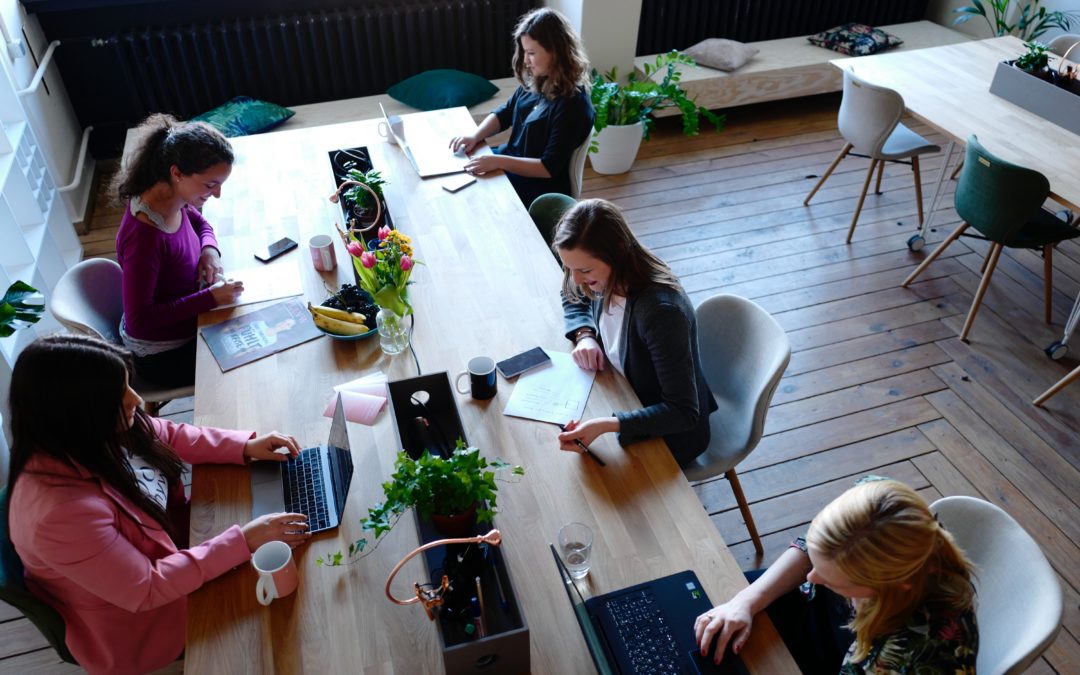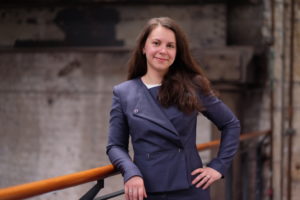
#Women2030: Sustainable Career Development
Feb 4, 2022 | The Latest
#Women2030: Sustainable Career Development
Friday, February 4, 2022, by Prof. Analia Pastran and Evangelina Colli

When you are a woman it becomes complex to define the professional development you would like to achieve, since in some way the family, the traditions and customs were preparing us mainly for family assistance tasks. In these times, we are experiencing a global paradigm shift in which the proposal that is promoted with expansive force is to abandon that role for another that puts the core of beliefs in tension.
In this context, being able to see yourself as an economically independent professional woman who can express her own thoughts but at the same time strengthen the foundations of a society by thinking in community, it requires an effort that you must be willing to make, but also of a boldness that is achieved through alliances.
From the observation and experience of the Urban Thinkers Campus (UTCs) in Mexico and Ecuador carried out since 2019 to date, we can point out that when innovating and advancing in issues that concern humanity, such as life in cities, women have been the most tenacious allies. Women face challenges that are replicated regardless of the region, country, culture or belief, and whose solutions are global given that local problems are global.
The Urban Thinkers Campus (UTC) model is an initiative of the UN-Habitat World Urban Campaign, conceived as an open space that includes a series of plenary sessions with debates at the level of international experts, with the aim of bringing together governments, civil society, researchers and personalities from academia, local authorities, professional organizations and youth groups, to propose solutions to urban challenges and achieve green, productive and more inclusive cities.
From this logical framework, we can analyze the real and effective possibilities that women have to access knowledge and power, to apply technology to personal and community development, and to generate alliances during and after these urban thought encounters.
On the other hand, we observe then that the generation and escalation of alliances represent a great challenge to be addressed, since there is a vocation and intention to carry them out but the routines of the organizations and personal objectives make them a difficult and harsh matter to specify and to hold.
Women 2030, a Smartly initiative, comes to propose a scheme of alliances between women to achieve sustainable career development. During the campuses we emphasize the importance of Women Promoting Women, aware that the model of women that we propose is resisted by society and by the women themselves who are already in decision-making positions.
The analysis postulated so far will be under the scrutiny of the social, economic and environmental model that the political systems of the region propose for our democracies.
This series of articles is based on the experience of the Smartly #Women2030 program, and the conclusions published in the UTC online Reports: Vibrant and Inclusive Urban Life First and Second Edition.
*Article written by: Prof. Analia Pastran and Evangelina Colli, Executive Director and Director of Localizing the SDGs of Smartly, Social Entrepreneurship on the SDGs, Partner of the UN Habitat’ World Urban Campaign. #Mujer2030 desarrollo de carrera sostenible






